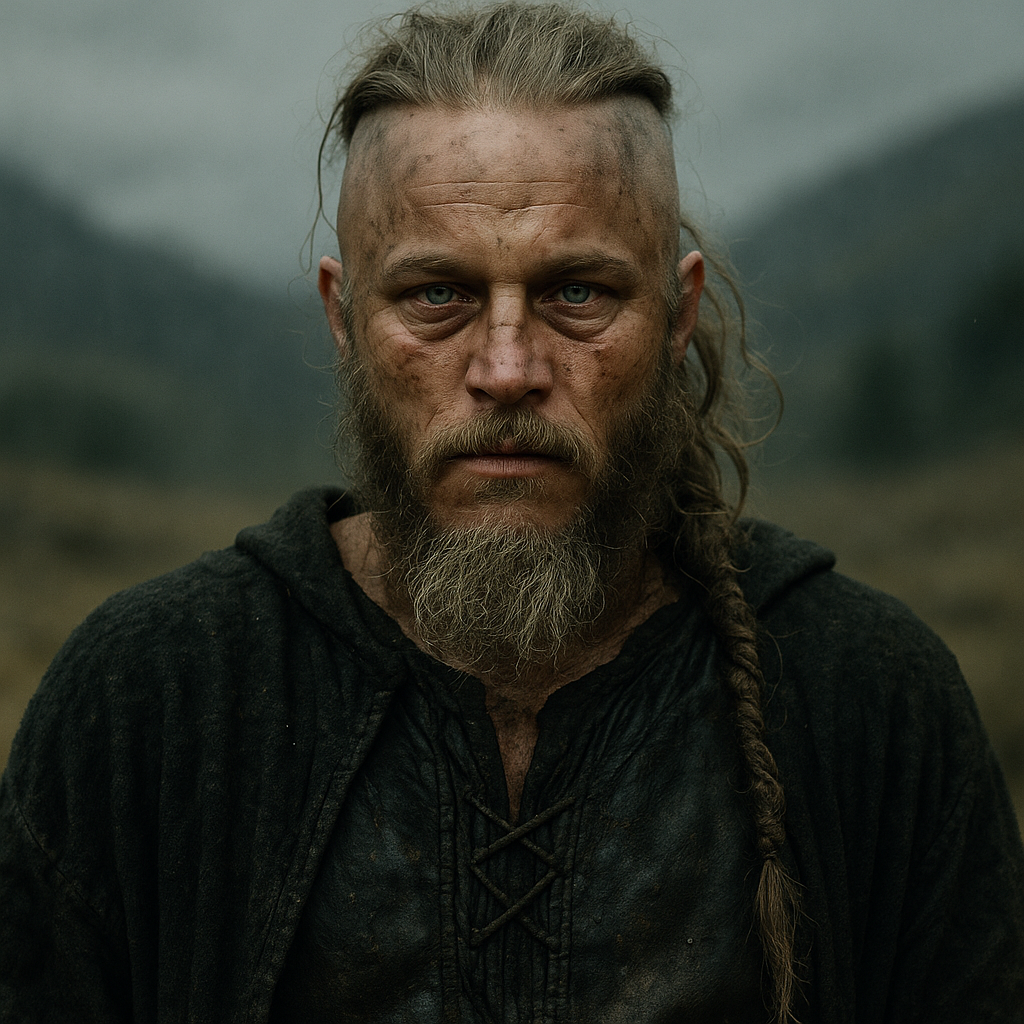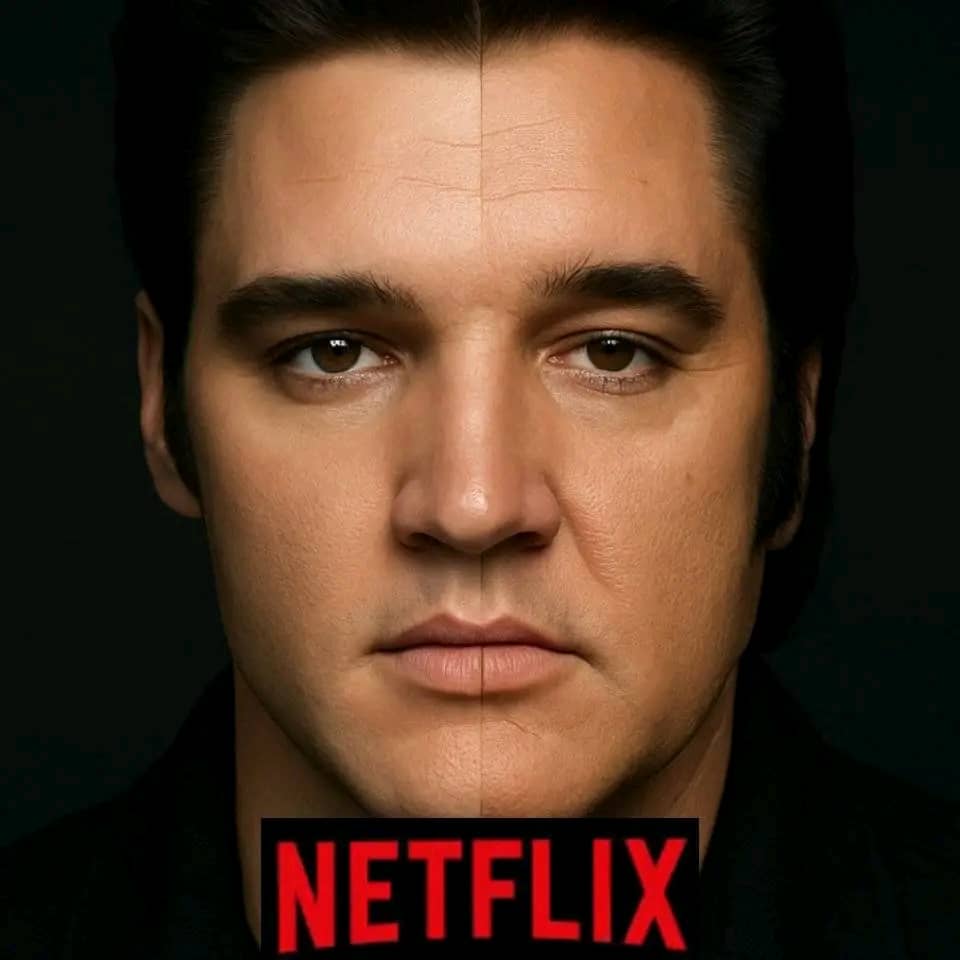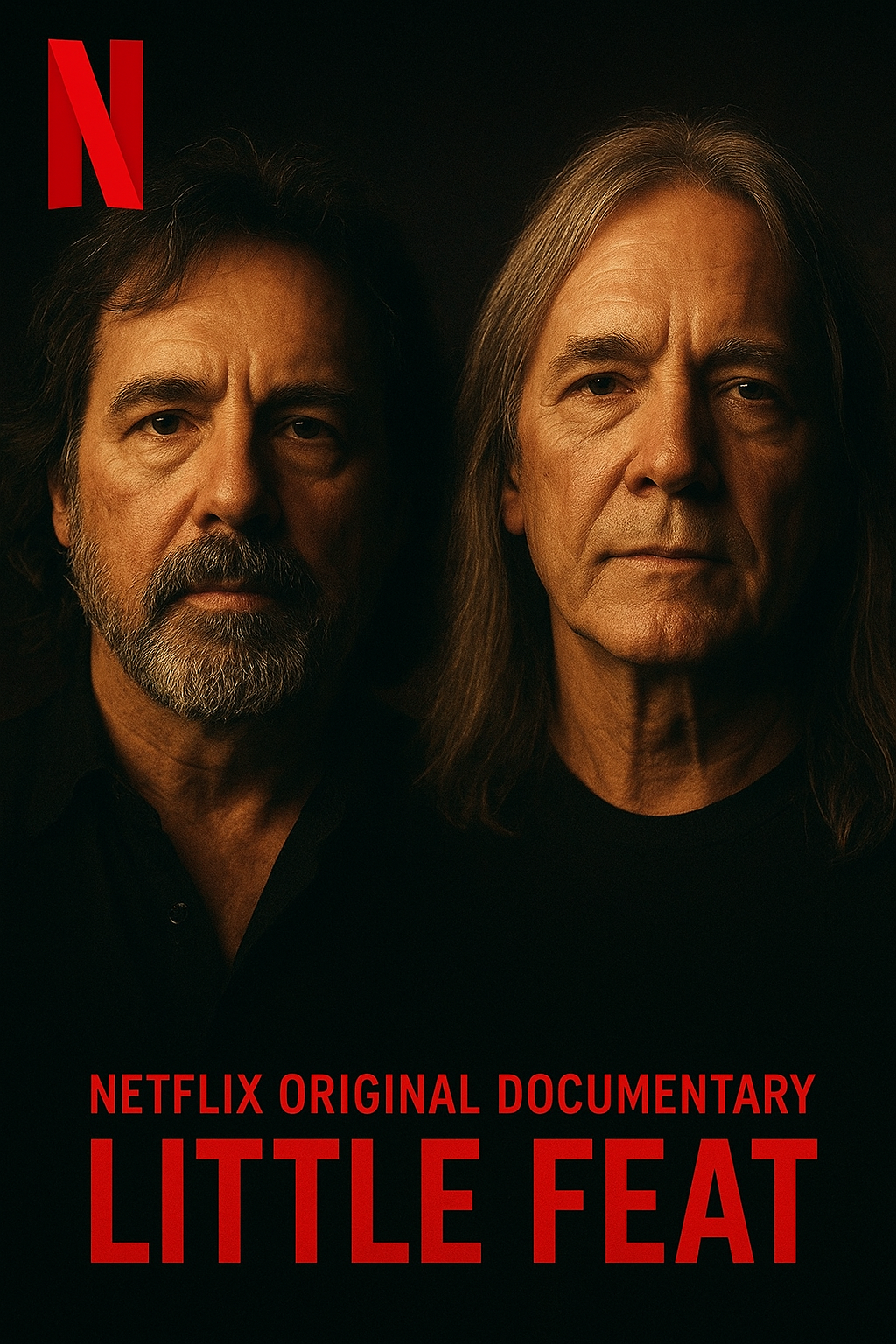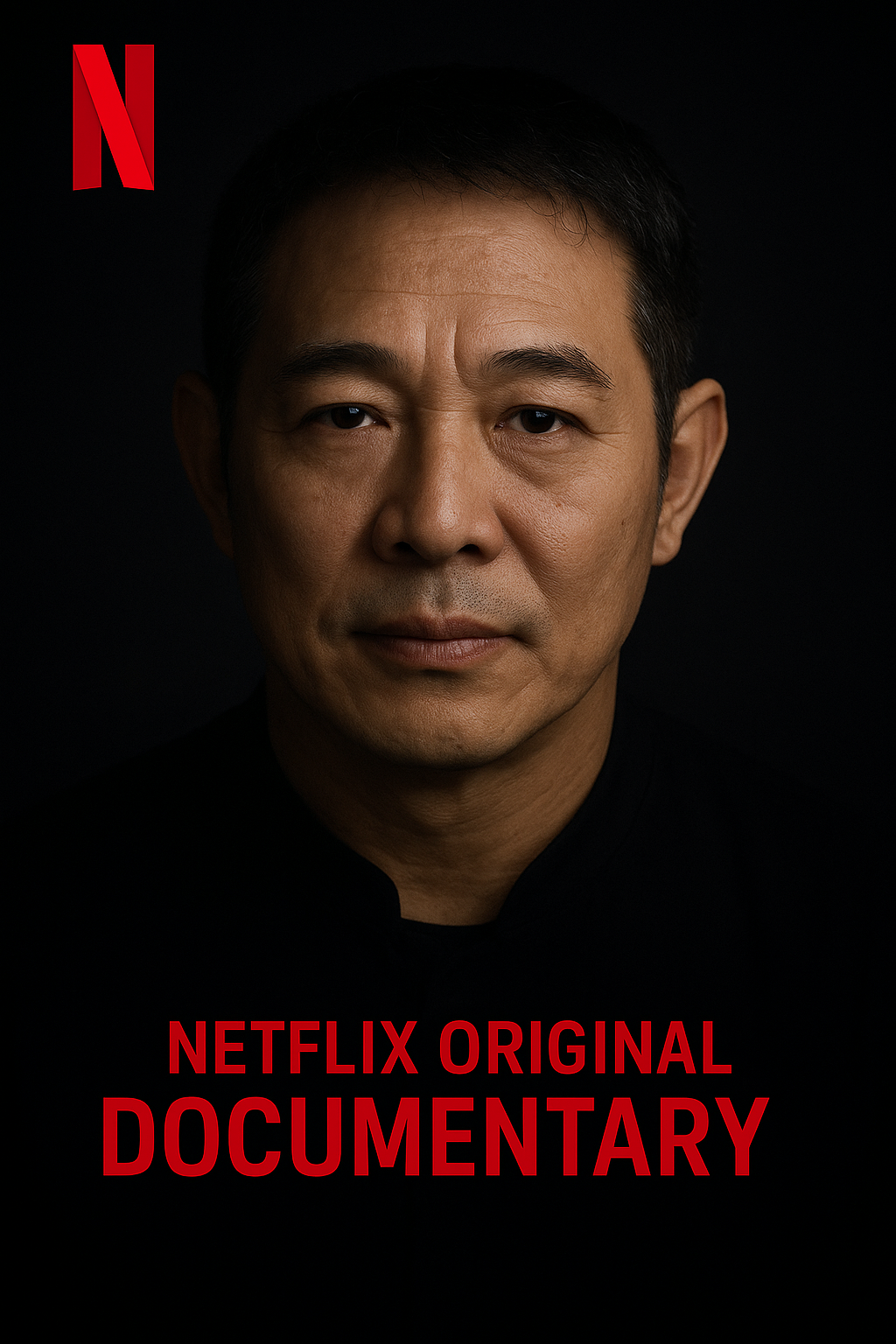Ragnar’s return has sent ripples through the Viking fandom, with Netflix’s new series The Raven’s Oath delivering one of the most audacious television twists in recent memory. Long thought lost to Valhalla, the legendary Norse warrior, played with smoldering intensity by Travis Fimmel, re-emerges from the mists of myth and memory to face a world that has moved on—and a god that has not forgotten.
When Vikings concluded with Ragnar’s brutal death at the hands of King Aelle, fans believed they had seen the last of the man whose saga shaped an entire generation of television. Fimmel’s departure marked a turning point in the original series, leading to a new era dominated by his sons and their fractured destinies. Now, The Raven’s Oath upends that trajectory, revealing Ragnar not as a ghost, vision, or dream, but as a corporeal and tormented figure who has walked through the shadow of Hel itself.
The series, created in partnership with Netflix and helmed by returning showrunner Michael Hirst alongside new visionary director Freya Lund, expands the mythology into surreal, spiritual terrain. Ragnar’s resurrection is not a miracle—it is a punishment. The gods have judged him unworthy of Valhalla, and Odin’s wrath follows him like a raven on the wind. This metaphysical reckoning frames the show’s central narrative, transforming what could have been a nostalgia-driven return into a haunting exploration of fate, legacy, and divine fury.
Gustaf Skarsgård reprises his role as Floki with an intensity that borders on madness. Now a prophet outcast, Floki is the first to encounter the resurrected Ragnar deep within the Icelandic wastelands, where the veil between Midgard and Asgard wears thin. Their reunion is far from joyous—Floki weeps not for joy but in horror, believing Ragnar to be an omen of Ragnarok. The dynamic between these two iconic characters is fraught with guilt, awe, and existential dread, as both men wrestle with the consequences of their defiance against the gods.
George Blagden’s Athelstan also makes a mysterious return, though not in the flesh. Appearing through visions and rituals, Athelstan serves as a spiritual anchor and moral compass, particularly for Ragnar, who is haunted by his lost friend’s unwavering faith and the schism it once created. Blagden’s performance lends a ghostly gravitas to the proceedings, acting as a bridge between pagan and Christian ideologies that still war within Ragnar’s soul.
The visual style of The Raven’s Oath departs from the gritty realism of its predecessor, leaning into ethereal cinematography, dreamlike landscapes, and surreal battle sequences that blur the line between the physical and the divine. Hallucinogenic sequences portray Odin not as a static deity but as a force of nature, sometimes speaking through storms, fire, or the mouths of animals. Ragnar’s interactions with the Allfather are cryptic and harrowing, filled with riddles, rage, and revelations that peel away his pride and leave behind a man stripped bare of his myth.
Fimmel’s portrayal is a career-defining return to form. This is not the swaggering king of Kattegat; this is a man crushed by eternity, by the burden of memory and the weight of stories told about him. His Ragnar is quieter, more introspective, yet when provoked, his fire still burns bright. His presence electrifies the screen, demanding the audience reckon with the idea that gods do not forgive greatness—they test it to the brink of destruction.
The new series also introduces fresh blood, including Icelandic actress Edda Arnarsdóttir as Freyja’s chosen seeress, who guides Ragnar’s path while remaining tethered to the will of Odin. Her character complicates the narrative, acting




The articles you write help me a lot and I like the topic http://www.kayswell.com